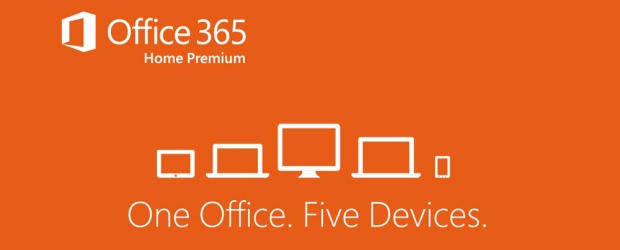Walk into any electronics store and you’ll find rows of boxed software for sale. However, with the increasing popularity of cloud computing, the days of purchasing a boxed CD from your local retailer may be numbered.
Adobe to a major step in this direction with the launch of Creative Cloud – cloud-based versions of its popular creative tools such as InDesign and Photoshop. In a press release Monday, Adobe announced it would develop solely for the cloud in the future, no longer developing future releases of its Creative Suite desktop offering.
“We launched Creative Cloud a year ago and it has been a runaway success,” said David Wadhwani, senior vice-president and general manager of digital media for Adobe, in a statement. “By focusing our energy — and our talented engineers — on Creative Cloud, we’re able to put innovation in our members’ hands at a much faster pace.”
And while it’s not as ready to cut the desktop cord as Abobe, software giant Microsoft is headed in the same direction. It launched Office 365 as a cloud-based alternative to Microsoft Office 2013, and has invested heavily in cloud technology in recent years.
In a posting on the official Microsoft Office blog on Tuesday, Clint Patterson, director of communications for Microsoft’s Office division, wrote the vendor sees software as a service (SaaS) as the future, with a corresponding shift away from packaged software. He points to benefits such as steady inclusive updates.
“Since the launch of Office 365 Home Premium and Office 365 University in January, more than a quarter of consumers buying Office have chosen the subscription. This exceeded our expectations, given that software subscriptions are relatively new to most consumers,” wrote Patterson.
However, Microsoft isn’t as bullish as Adobe, with Patterson forecasting a ten-year timeline for the shift to completely take hold.
What do you think – is the shift from packaged to SaaS inevitable, and if so, what’s the timeframe? Let us know in the comments.
One issue neither vendor noted though is TCO – total cost of ownership. Annual subscription costs can add up, particularly if you’re not particularly interested in the updates. Licensing costs will need to be watched closely if this shift takes hold.





Not really surprised. For years there was the download then try before you buy. Or just buy online and then download. With high speed internet where you can download an ISO image within 15 minutes [easily], no point in mastering a DVD and adding the packaging. On top of that, while you use to get a decent manual 10 years ago, you generally get [if lucky] a little booklet with the actual manual [PDF] on the ISO you just downloaded. [Good for the environment at least.]
Not a fan. The main problem is that everything is internet dependent. Lose the Internet and work comes screeching to a Halt. This can play havoc with deadline focused publishing. At least with buy and download or Box software you have the ability to continue working while you wait for the internet to be restored. Cloud computing might be advantageous to the software development company or for large operations but it is a nightmare for the small individual user.